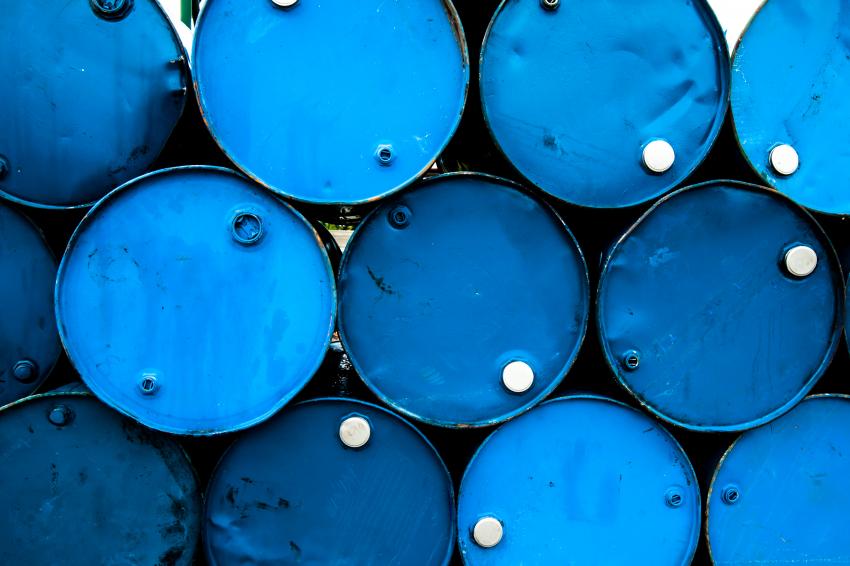Aramco Focused on Up- and Downstream
25.04.2017 -
Consistent with the Kingdom’s Saudi Vision 2030 strategy, Saudi Aramco President and CEO Amin Nasser, speaking at a recent global energy summit in New York, said the group will continue to invest and strengthen its core oil and gas business across the value chain while at the same time polishing its downstream profile.
Nasser said the upstream plans include doubling gas production over the next 10 years to 23 billion standard cbf per day and positioning the Kingdom as leader in gas utilities in the G-20 group of industrialized nation. To better balance the two sides of its business, the Aramco chief said the group also will continue building a “world-class” downstream portfolio.
Alongside increasing global refining and marketing capacity to 8-10 million bbl/d, Aramco is focusing on a range of joint ventures, acquisitions and asset re-rationalization projects with major chemical producers and technology specialists such as Petronas, Lanxess and Converge, the technology arm of Novomer, the CEO said.
Last year, the Saudi group took a 50% in Lanxess’ synthetic rubber business, later brought into the joint venture Arlanxeo. Almost simultaneously with Nasser’s address to the summit, the news agency Reuters reported that Saudi Aramco had suspended plans to join Petronas’ RAPID project, citing industry sources; it is not clear what the current status of this – as well as several other RAPID investments – is.
Commenting on global developments in the energy sector, the Saudi executive said that although the short-term market points to a surplus of oil, the supplies required in the coming years are “falling behind substantially and the investments we now see coming back are not going to be enough to get us there.”
Nasser said it could not be assumed that major oil producers “will simply make the massive investments needed to bridge all these gaps” – especially as most long-term projects continue to be on hold, even after the recent price recovery. The impending shortfall has a time lag, and its effect will be felt over a period of time whose duration is difficult to estimate, he added.





